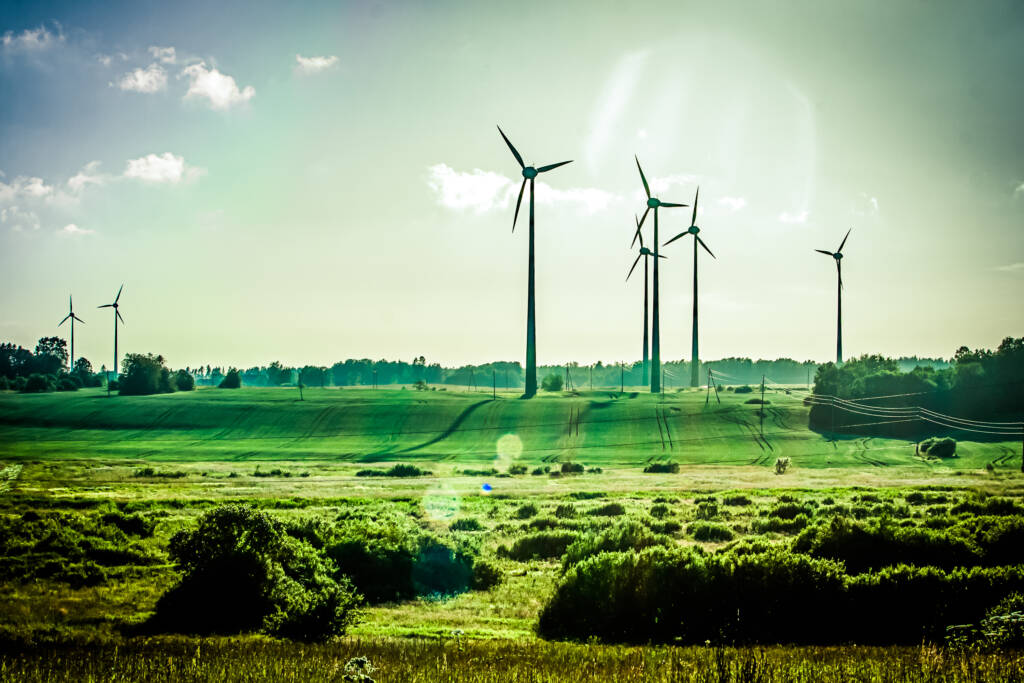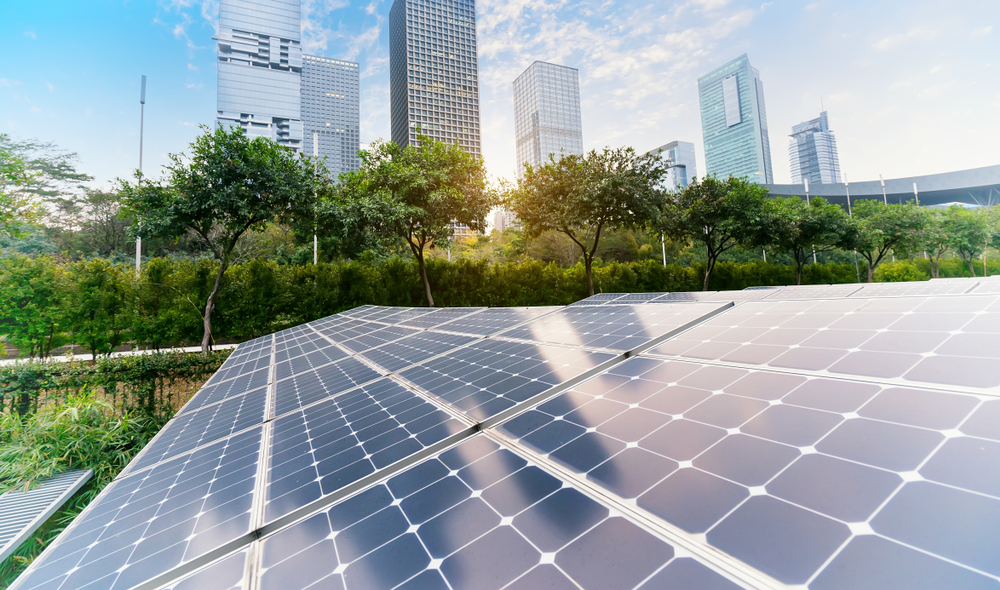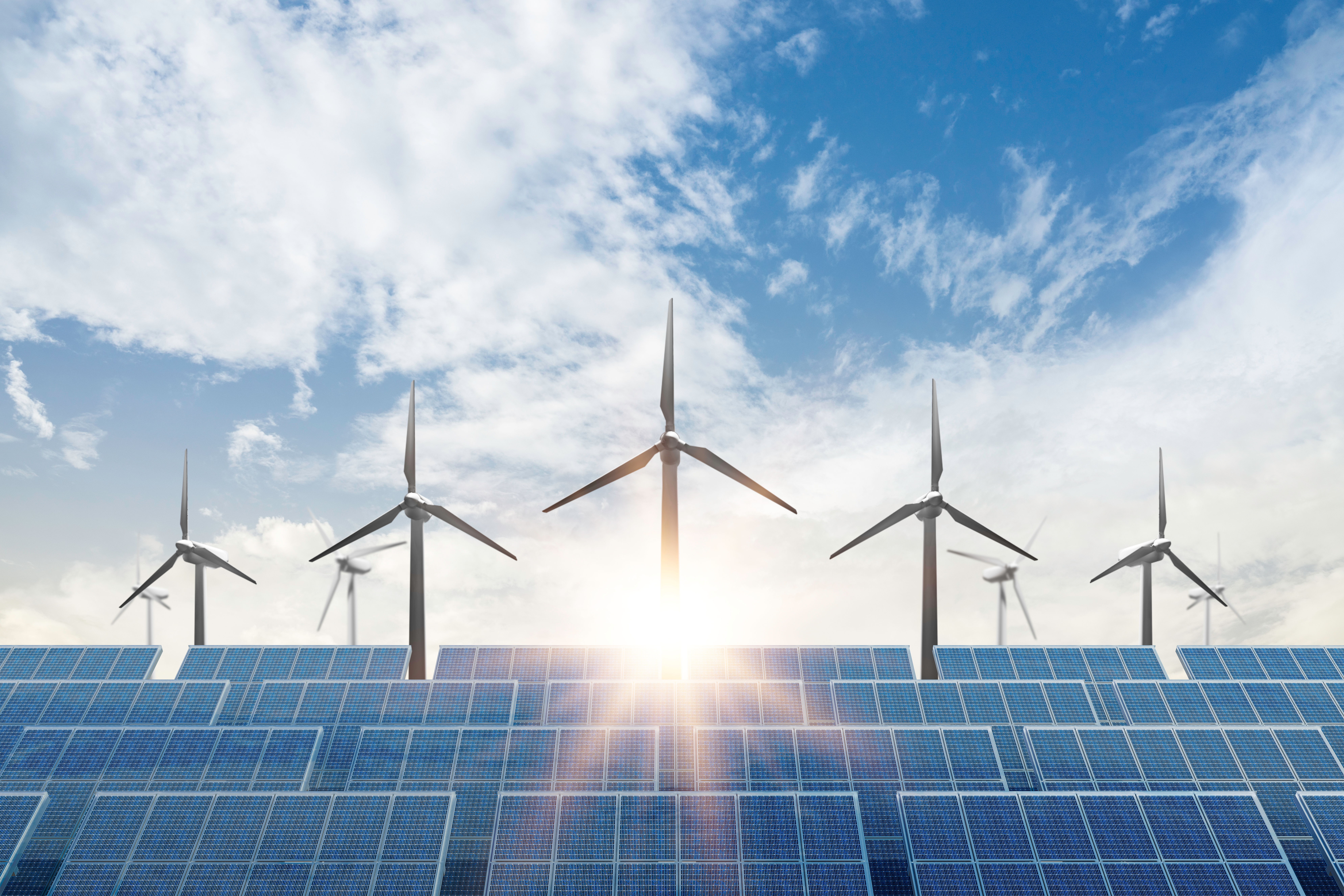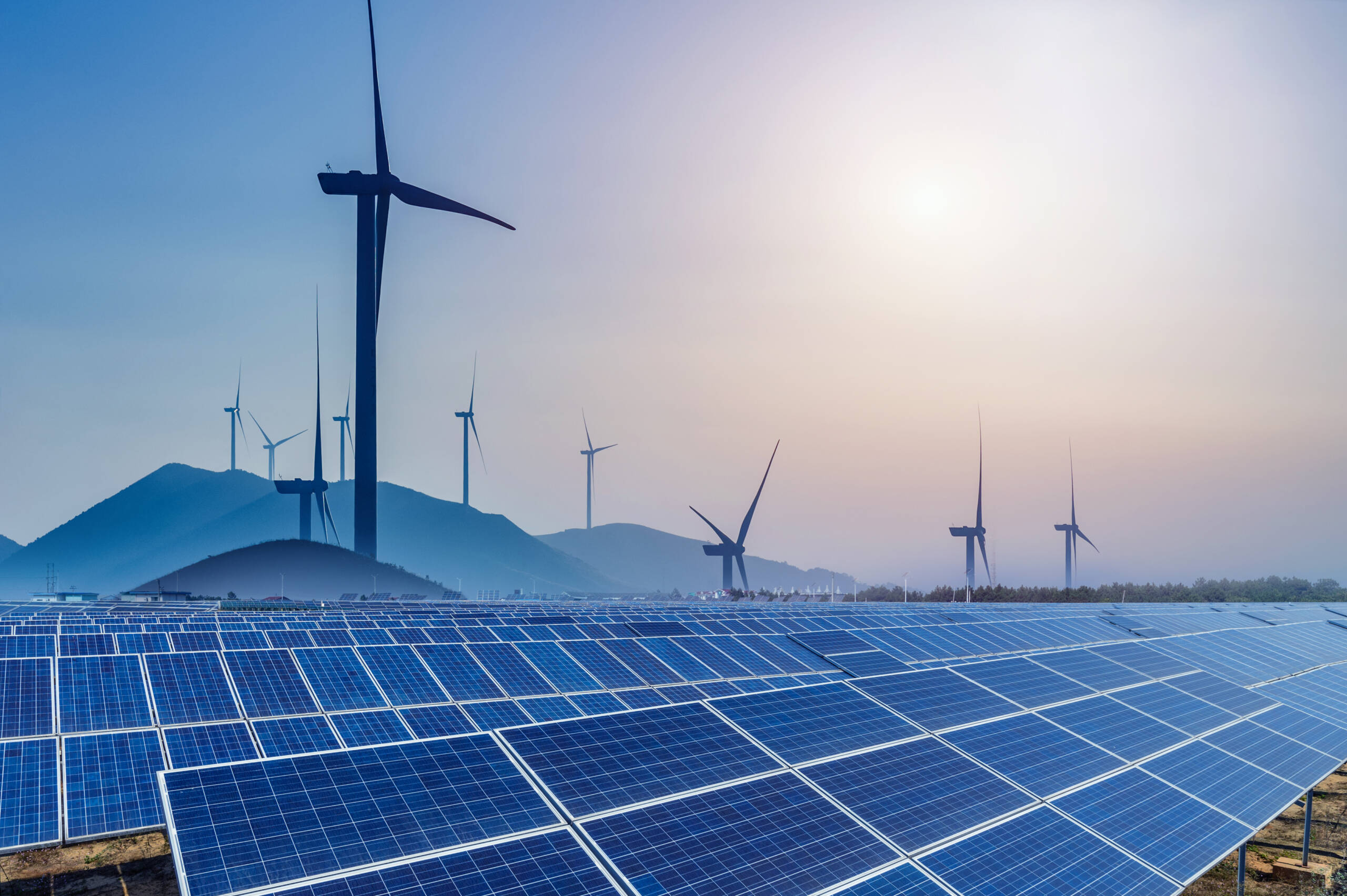QAs the world seeks sustainable and clean energy sources, wind energy emerges as a compelling solution. With its abundance and environmental advantages, wind power has gained significant traction in recent years.
This article presents facts about why wind energy makes sense, shedding light on its benefits and potential to shape a greener and more sustainable future.
Abundant and Renewable
Wind energy is derived from a virtually unlimited resource: the wind. As long as the sun continues to shine and the Earth’s surface is heated unevenly, winds will persist, making wind power a truly renewable energy source. This abundance ensures a continuous and reliable supply of clean energy for generations to come.


Clean and Environmentally Friendly
One of the primary advantages of wind energy is its minimal impact on the environment. Wind turbines generate electricity without emitting greenhouse gases or harmful pollutants, contributing significantly to mitigating climate change and reducing air pollution. By harnessing wind power, we can take substantial strides towards achieving global carbon reduction targets.
Energy Independence and Security
Wind energy plays a pivotal role in achieving energy independence. By diversifying the energy mix and reducing reliance on imported fossil fuels, countries can enhance their energy security. Wind power provides a decentralized energy source, enabling local communities and regions to generate their electricity, reducing vulnerability to supply disruptions and geopolitical uncertainties.
Cost-Effective and Competitive
The cost of wind energy has plummeted significantly in recent years, making it increasingly cost-effective and competitive compared to traditional fossil fuel-based electricity generation. Technological advancements, economies of scale, and improved manufacturing processes have contributed to reducing the levelized cost of wind energy, making it a financially viable option for large-scale deployment.
The wind energy sector has become a significant source of job creation and economic growth. The development, installation, operation, and maintenance of wind farms require a skilled workforce, offering employment opportunities in various fields, including engineering, manufacturing, construction, and maintenance. Moreover, wind energy projects attract investments, stimulate local economies, and foster the growth of a domestic renewable energy industry.
Land Use and Agricultural Benefits
Wind turbines have a small physical footprint, allowing agricultural activities to coexist with wind farms. Farmers can lease their land for wind energy projects, providing them with additional income streams while continuing agricultural operations. This symbiotic relationship between wind energy and agriculture contributes to rural economic development and sustainable land use practices.

The wind energy industry has witnessed significant technological advancements. Improved turbine designs, taller towers, and longer blades have enhanced the efficiency and output of wind turbines. Advances in materials, control systems, and grid integration technologies have improved performance, reliability, and grid compatibility. Ongoing research and innovation continue to drive the evolution of wind energy, making it an even more compelling solution for the future.
Wind energy projects often involve community engagement and participation. Local communities can have a say in project development, and benefits such as job creation, revenue sharing, and community investment are common practices. Wind farms can also contribute to local infrastructure development and improve the quality of life in surrounding areas.
Conclusion
Wind energy presents a compelling case for a sustainable and clean energy future. Its abundance, environmental benefits, cost-effectiveness, and potential for job creation make wind power a sensible choice. As we strive to reduce carbon emissions and transition to a low-carbon economy, embracing wind energy is not just a necessity but also an opportunity to shape a greener, more resilient, and prosperous world for generations to come.


